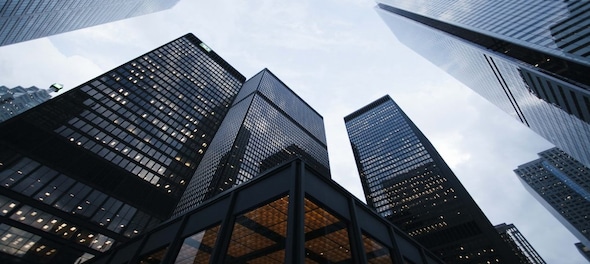
Maruti Suzuki’s famous adage, “kitna deti hai?” – how much (mileage) does it give – evocatively captured the sentiment of Indian car buyers. In fact, it applies as much to homes as it does to cars. Every rupee saved in monthly outgoings on an apartment is equivalent to up to two hundred rupees implicit discount in the capital value of a home! Yet, home buyers obsess over the purchase cost and are compelled to treat maintenance cost as a fait accompli. It is time to change this.
Maintenance cost of a residential development can be roughly split down the middle between costs towards utilities like power and water, and costs towards services including security, maintenance and housekeeping. Both offer material savings potential if addressed in an integrated manner from design through operations.
Much of the ongoing maintenance cost is locked into the design of the development. Developers must therefore take primary accountability for this rather than pass the buck to the home owners’ association. Well-ventilated and naturally lit common areas require less electricity to keep them comfortable through the day and across the seasons. Use of energy efficient fixtures like LED lights in place of incandescent lamps and deployment of motion sensors or other forms of switching devices present attractive payback on the incremental upfront investment. Solar energy is now a commercially viable investment. Water is increasingly becoming a scarce resource in metropolitan cities. Since it is often billed as a shared resource, it has not garnered the required attention. This is set to change in the years to come with the commercial launch of highly accurate water metering solutions for individual homes, and also a concerted push from municipalities to ration water usage. Rain water harvesting and recycling of waste water help reduce the dependency on fresh water. Water-conserving aerators in faucets and cisterns on WCs can save up to thirty percent of water usage per resident. While the National Building Code provides for 135 litres of water per resident per day, sustainably designed residential developments can subsist on half that amount.
Unexplored opportunity
There are aspects of design that have a direct bearing on operations. Installation of access control and surveillance – for vehicles and people – alleviates the need for security staff. Real-time remote monitoring of water treatment and sewage treatment plants reduces the need to deploy skilled operators while also providing alerts for their preventive maintenance, defraying the high cost of tackling emergency breakdowns. There is a recent trend among engineers favouring hydro-pneumatic plumbing systems that purportedly reduce structural cost. However, if one were to adopt a lifecycle lens, these systems require higher-skill operators and risk frequent maintenance. Sustainable and long-life finishing materials and hardy landscape demand less attention for upkeep. Expansive grass lawns and swimming pools are both aspirational amenities, but entail a high recurring cost.
Thoughtful design and operations of common amenities is an unexplored opportunity. Large residential developments are replete with recreational and social amenities that cater to varied interests of the residents. While retaining this assortment, perhaps some of the amenities could be configured as pay-per-use. Not only would this reduce the overall operational burden shared across residents, it could also provide an income stream to the home owners’ association that would offset some operating costs.
There is a natural tension in many of the choices presented here between incremental capital expenditure and lower operating expense. How much additional would a home buyer be willing to pay to secure a perpetuity of lower maintenance? We won’t know unless we transparently present that arithmetic to the customer. Today, it is hidden as a footnote in the price sheet. Developers might also argue that these pathways are open to the residents to subsequently pursue via their home owners’ association. Indeed, some are. As we all know, however, the association is compelled to follow a path of common denominator rather than least multiplier, which would invariably tie its hands in pursuing the bolder opportunities.
Sustainability
It should be no surprise that many of the savings levers described here also serve to make the development more sustainable. What’s good for the environment and society is also good for the individual home owner. Some of these are pre-requisites for obtaining environmental clearance for the project. Others are enshrined in the qualification norms for various tiers of IGBC and Gruha green building certification. Understanding the marketing value, developers are taking the steps required to meet these. But they limit themselves to the minimum required rather than strive for the maximum possible. Shouldn’t we compel them to raise the bar from compliance to commitment?
Arvind Subramanian is Chief Executive Officer at Mahindra Happinest. The views are personal.
First Published: Oct 25, 2019 6:00 AM IST
Check out our in-depth Market Coverage, Business News & get real-time Stock Market Updates on CNBC-TV18. Also, Watch our channels CNBC-TV18, CNBC Awaaz and CNBC Bajar Live on-the-go!


PM Modi visits Ram Mandir for first time since 'Pran Pratishtha', offers prayers before roadshow
May 5, 2024 8:59 PM
Visiting temples, obliging selfie requests, jabbing rivals – Kangana Ranaut is wooing voters on campaign trail
May 5, 2024 8:23 PM

